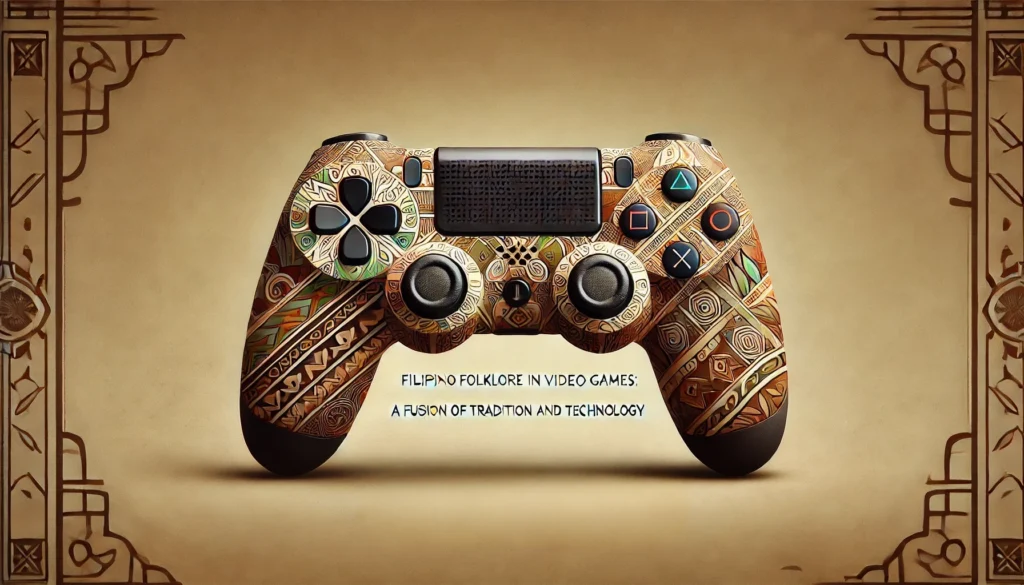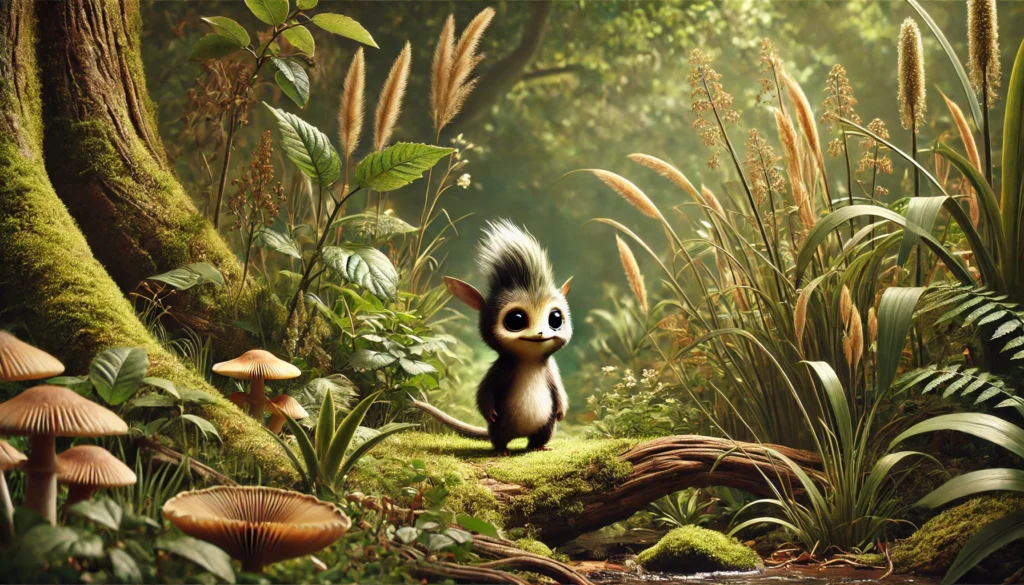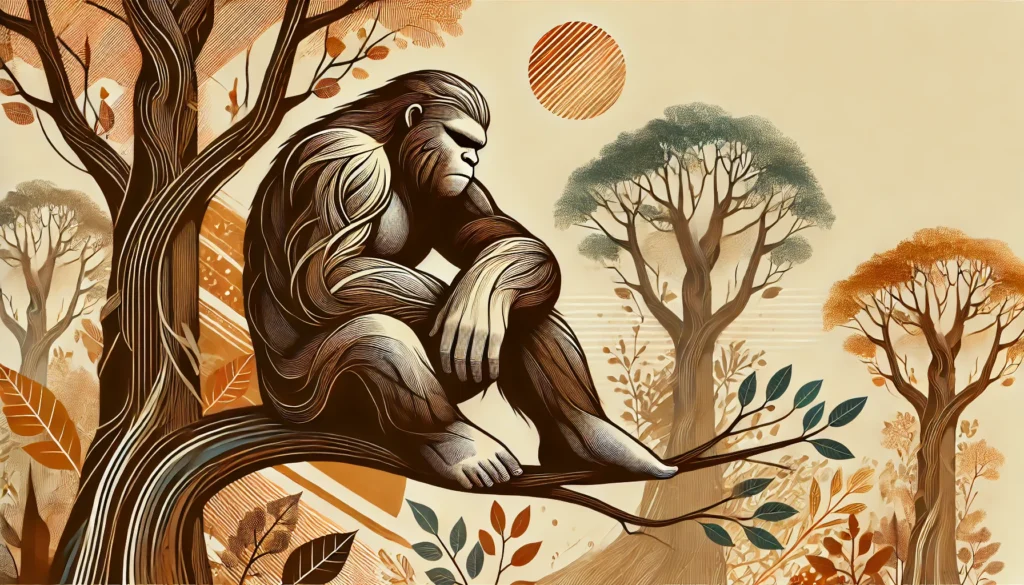Growing up in the Philippines, I was always fascinated by the rich tapestry of myths and legends that colored our culture. From the mischievous duwendes lurking in the shadows to the haunting beauty of the white lady, these stories were an integral part of our childhood. But as technology advanced and video games became more prevalent, I wondered: could these age-old tales find a new home in the digital world? To my delight, I discovered a growing trend of Filipino folklore being woven into the fabric of video games, creating a unique fusion of tradition and technology. This blend not only preserves our cultural heritage but also introduces it to a global audience in an interactive and engaging way. Join me as we explore the exciting world of Filipino folklore in video games, where ancient myths come to life through pixels and polygons.
The Rise of Filipino-Inspired Games
A New Generation of Game Developers
In recent years, we’ve seen a surge of Filipino game developers eager to share their cultural heritage with the world. These passionate creators are leveraging their technical skills and cultural knowledge to craft games that showcase the richness of Filipino folklore. It’s not just about entertainment; it’s about preserving and promoting our traditions in a medium that resonates with younger generations. This movement is particularly significant in a time when many young Filipinos are becoming disconnected from their cultural roots. By incorporating familiar mythical creatures and legendary heroes into engaging gameplay, these developers are rekindling interest in our folklore and ensuring its survival in the digital age.
Global Recognition and Local Pride
The impact of these Filipino-inspired games extends far beyond our shores. As these titles gain traction in the international gaming community, they’re not only entertaining players worldwide but also educating them about Filipino culture. It’s a source of immense pride for me to see our myths and legends capturing the imagination of gamers from diverse backgrounds. This global recognition is also inspiring more Filipino developers to explore their cultural heritage as a source of creative inspiration, creating a positive feedback loop that further enriches the gaming landscape.
Popular Filipino Mythical Creatures in Games
Aswang: The Shape-Shifting Terror
One of the most iconic creatures in Filipino folklore, the aswang, has found its way into numerous video games. This shape-shifting monster, known for its ability to transform from human to beast, has been a staple of horror-themed games set in the Philippines. In these digital incarnations, the aswang often serves as a formidable enemy, challenging players with its cunning and supernatural abilities. The inclusion of the aswang in games not only adds a unique cultural flavor but also introduces players to the complex mythology surrounding this creature. From its various forms to its weaknesses, game developers have done an impressive job of translating the lore of the aswang into compelling gameplay mechanics.
Tikbalang: The Horse-Headed Trickster
Another fascinating creature that has made its mark in the gaming world is the tikbalang. This horse-headed, humanoid being is known for leading travelers astray in forests. In video games, the tikbalang often appears as a challenging boss or a mischievous NPC (non-player character). Its ability to confuse and disorient has been cleverly translated into gameplay elements, such as maze-like levels or puzzles that require players to outsmart the creature. The inclusion of the tikbalang in games not only adds an element of Filipino folklore but also introduces unique gameplay challenges that set these titles apart from more conventional games.
Diwata: The Enchanting Nature Spirit
On the more benevolent side of Filipino mythology, we have the diwata – nature spirits often depicted as beautiful, ethereal beings. In video games, diwatas frequently appear as quest-givers, allies, or even playable characters. Their connection to nature is often reflected in their abilities, such as healing or controlling elements. The inclusion of diwatas in games adds a touch of magic and wonder, offering a counterbalance to the more fearsome creatures of Filipino folklore. It’s heartening to see these positive aspects of our mythology represented, showcasing the diversity and depth of Filipino folklore to a global audience.
Noteworthy Filipino-Inspired Video Games
Balete City: Urban Fantasy Meets Filipino Mythology
One game that has caught my attention is “Balete City,” an upcoming open-world action RPG set in a modern Philippine city infused with folklore. The game promises to blend urban fantasy with traditional Filipino mythology, allowing players to explore a richly detailed world where ancient legends coexist with contemporary life. What excites me most about this project is its potential to showcase Filipino culture in a nuanced and immersive way. By setting the game in a modern context, the developers are demonstrating how our folklore remains relevant and can adapt to contemporary storytelling.
Sarimanok: A Colorful Adventure in Philippine Mythology
Another notable title is “Sarimanok,” a vibrant 2D platformer inspired by the legendary bird of the same name from Maranao folklore. The game takes players on a journey through various Philippine landscapes, each level inspired by different aspects of Filipino mythology. What I love about “Sarimanok” is how it introduces players to lesser-known aspects of our folklore in a fun, accessible way. The colorful art style and playful gameplay make it an excellent entry point for younger players or those new to Filipino culture.
Anito: Defend a Land Enraged
While not a recent release, “Anito: Defend a Land Enraged” deserves mention as one of the pioneering Filipino-made RPGs that heavily featured local folklore. Set in a pre-colonial Philippine setting, the game allows players to choose between two siblings as they navigate a world filled with creatures from Filipino mythology. What makes “Anito” significant is its commitment to authenticity, drawing deeply from historical and mythological sources to create a truly Filipino gaming experience. It paved the way for future developers to explore our rich cultural heritage in the medium of video games.
The Impact of Filipino Folklore in Gaming
Preserving Cultural Heritage
One of the most significant impacts of incorporating Filipino folklore into video games is the preservation of our cultural heritage. In an increasingly globalized world, where younger generations are often more connected to international pop culture than their own traditions, these games serve as a bridge between the past and the present. By presenting our myths and legends in an interactive, engaging format, game developers are ensuring that these stories continue to be told and remembered. It’s a modern form of oral tradition, passing down our cultural narratives through the language of gameplay and digital storytelling.
Educating Through Entertainment
Another crucial aspect of this trend is its educational potential. While traditional methods of teaching folklore might struggle to capture the attention of tech-savvy youth, video games offer an immersive and interactive learning experience. Players don’t just read about mythical creatures or legendary heroes; they encounter them, interact with them, and sometimes even embody them within the game world. This hands-on approach to learning about culture can be far more effective and memorable than passive forms of education. Moreover, the global reach of video games means that this educational aspect extends beyond the Philippines, introducing our rich cultural heritage to an international audience.
Inspiring Creativity and Innovation
The fusion of Filipino folklore with video game technology is also spurring creativity and innovation in the local game development scene. Developers are challenged to find new ways to translate traditional stories and concepts into engaging gameplay mechanics. This process often leads to unique and innovative game designs that stand out in the crowded gaming market. Furthermore, the success of Filipino-inspired games is encouraging more developers to explore their cultural roots for inspiration, potentially leading to a renaissance of culturally informed game design in the Philippines.
Challenges and Opportunities
Balancing Authenticity and Entertainment
One of the primary challenges faced by developers creating Filipino folklore-inspired games is striking the right balance between authenticity and entertainment. While it’s crucial to represent our myths and legends accurately, game developers must also ensure that their products are fun and engaging for a wide audience. This often requires creative interpretation and adaptation of traditional stories to fit the interactive nature of video games. As a gamer and a Filipino, I appreciate when developers take the time to research and consult with cultural experts to ensure their representations are respectful and accurate, even when creative liberties are taken.
Overcoming Limited Resources
Another significant challenge, particularly for indie developers in the Philippines, is the limitation of resources. Creating high-quality games that can compete in the global market requires substantial investment in terms of time, money, and skilled personnel. Many Filipino developers are working with limited budgets and smaller teams compared to their international counterparts. However, this constraint has also led to innovative solutions and a focus on unique, culturally rich content that sets Filipino games apart. The passion and creativity of these developers often shine through, resulting in games that may not have the highest production values but are brimming with heart and cultural authenticity.
Expanding the Market
While there’s growing interest in Filipino folklore-inspired games, expanding the market remains a challenge. Many of these games, especially those developed by smaller studios, struggle to gain visibility in the crowded global gaming market. However, this challenge also presents an opportunity. As the gaming industry continues to seek out fresh, diverse content, Filipino developers have a unique chance to offer something truly different. By leveraging social media, participating in gaming conventions, and collaborating with international partners, Filipino game developers can increase the visibility of their culturally rich creations and tap into a global audience hungry for new experiences.
The Future of Filipino Folklore in Gaming
Emerging Technologies and Immersive Experiences
As we look to the future, the potential for Filipino folklore in gaming seems boundless. With the advent of virtual reality (VR) and augmented reality (AR) technologies, we can anticipate even more immersive experiences that bring our myths and legends to life. Imagine donning a VR headset and finding yourself face to face with a towering kapre, or using AR to see duwendes scurrying around your own backyard. These technologies offer unprecedented opportunities to create truly immersive cultural experiences that can educate and entertain in equal measure.
Cross-Media Storytelling
Another exciting prospect is the potential for cross-media storytelling. As Filipino folklore-inspired games gain popularity, we might see these stories and characters expand into other media such as animated series, comics, or even live-action adaptations. This cross-pollination of ideas could create a rich, interconnected universe of Filipino mythology across various platforms, further cementing these cultural narratives in the public consciousness.
Collaborative Projects and Cultural Exchange
Looking ahead, I’m excited about the possibility of more collaborative projects between Filipino developers and international studios. These partnerships could lead to games that blend Filipino folklore with other cultural mythologies, creating unique, globally appealing narratives. Such collaborations not only result in innovative games but also foster cultural exchange and understanding on a global scale.
A Digital Revival of Filipino Folklore
As we’ve explored the fascinating world of Filipino folklore in video games, it’s clear that this fusion of tradition and technology is more than just a passing trend. It’s a digital revival of our rich cultural heritage, introducing our myths and legends to new generations and global audiences in an interactive, engaging format. From the terrifying aswang to the enchanting diwata, our folkloric creatures are finding new life in pixels and polygons, captivating players around the world.
The challenges faced by developers in this niche are significant, but so are the opportunities. As technology advances and the gaming industry continues to evolve, the potential for Filipino folklore-inspired games is immense. These games not only entertain but also educate, preserve our cultural narratives, and inspire creativity and innovation in the local game development scene.
As a Filipino gamer, I’m filled with pride and excitement to see our cultural heritage making its mark in the digital realm. These games are more than just entertainment; they’re a bridge between generations, a tool for cultural preservation, and a showcase of Filipino creativity to the world. Whether you’re a fellow Filipino looking to reconnect with your roots or an international player curious about our rich mythology, I encourage you to explore these games and experience the magic of Filipino folklore in this new, interactive medium.
The journey of Filipino folklore in video games is just beginning, and I, for one, can’t wait to see what new adventures and discoveries lie ahead. So, pick up that controller, start up that game, and let’s dive into the enchanting world where Filipino myths come alive!
Filipino Folklore in Games: By the Numbers
To give you a clearer picture of the impact and growth of Filipino folklore in gaming, let’s take a look at some interesting statistics and facts:
| Year | Milestone |
|---|---|
| 2003 | Release of “Anito: Defend a Land Enraged,” one of the first Filipino-developed RPGs featuring local folklore |
| 2007 | The Philippines hosts its first major gaming convention, highlighting local game development |
| 2010 | Filipino indie game development scene begins to gain traction |
| 2013 | First Filipino-developed mobile game featuring local mythology reaches 1 million downloads |
| 2015 | Filipino games start gaining recognition at international indie game festivals |
| Category | Number (as of 2016) |
|---|---|
| Filipino game development studios | ~50 |
| Games featuring Filipino folklore elements | ~30 |
| Average team size for indie Filipino game studios | 5-10 people |
| Estimated Filipino gamers | 34 million |
| Top Filipino Mythical Creatures in Games | Percentage of Games Featuring Them |
|---|---|
| Aswang | 40% |
| Tikbalang | 25% |
| Diwata | 20% |
| Kapre | 15% |
| Others | 10% |
These numbers reflect the growing interest and impact of Filipino folklore in the gaming industry, both locally and internationally. As the industry continues to evolve, we can expect these figures to grow, reflecting the increasing popularity and recognition of Filipino-inspired games.
Disclaimer: The information and data presented in this blog post are based on research and available sources up to 2016. While every effort has been made to ensure accuracy, some details may have changed since then. We encourage readers to verify current information and report any inaccuracies so we can correct them promptly.




